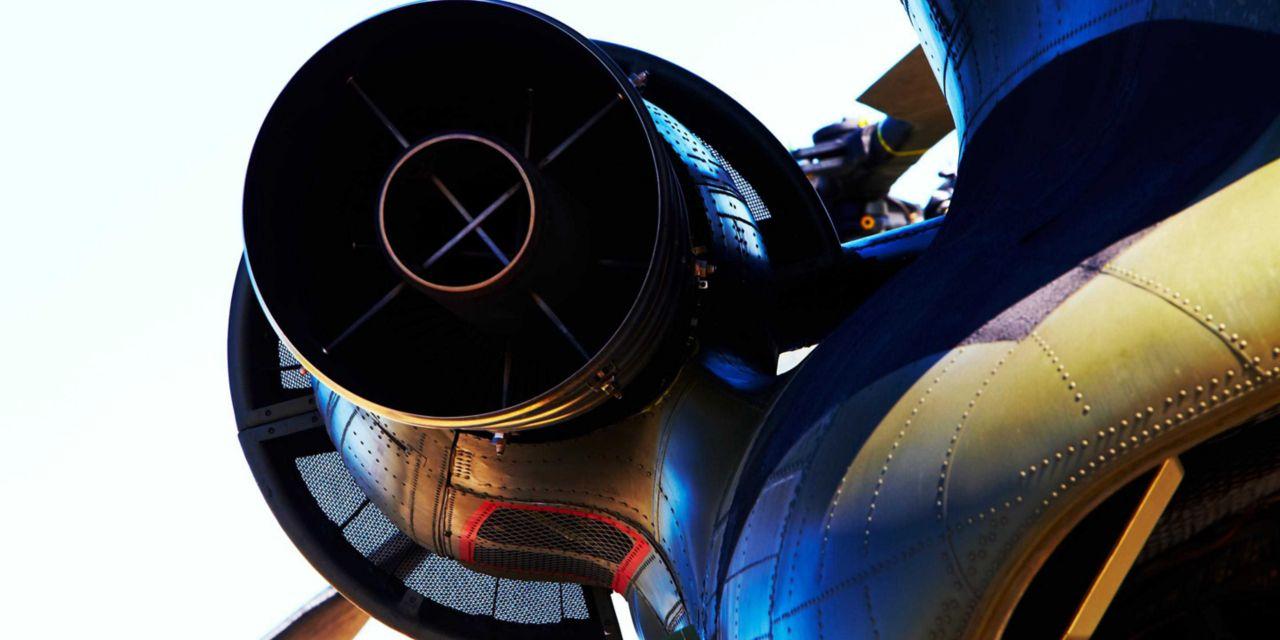A Modern Solution to Improved Performance, Cost, Use for the Venerable Chinook

It's the dream of military acquisition in 2020: A new system that drops into place in a current piece of hardware, provides improved performance, easier maintenance, and builds on a legacy of more than 12 million battle-proven hours of operation.
It's the T55 714C, Honeywell Aerospace's new variant of the venerable T55 turboshaft engine used on American helicopters and fixed wing aircraft since 1955.
The engine's starring role, however, is aboard Boeing's CH-47A and MH-47 rotorcraft, known as the Chinook. The heavy-lift Chinook that has served the Army consistently, as well as international customers, for more than 60 years features two counter-rotating rotors that eliminate the need for an antitorque vertical rotor. The unique design requiring two T55 engines per aircraft allows all the T55's power to be used for lift and thrust and enable perhaps the toughest helicopter pilot maneuver known—the pinnacle landing.
In the years since the T55 and Chinook entered service in 1962, Honeywell has delivered more than 6,000 engines, with 2,500 engines in service today supporting 950 aircraft operating in 20 countries. Dave Marinick, Honeywell's President of Engines and Power Systems, says throughout all these years the company has invested in the engine, from its original 1,600 shp capability to today as the T55 produces 4,800 shp to power the Chinook to a maximum speed 196 mph.
But now, with Future Vertical Lift and its high-speed rotorcraft on the horizon, Honeywell looked again at what the Army needed to power the Chinook to fill the heavy lift role as the Future Armed Reconnaissance Aircraft and Future Long-Range Assault Aircraft go into service. "Looking back at the multi-decade history, characterized by a close relationship with the Army and an understanding of how the aircraft is used—how the army flies the Chinook, how they maintain the Chinook—we have been able to focus on what is important to our customer," Marinick adds.
The Charlie variant of the T55 fits the bill, according to Marinick. It maintains the current engine architecture, while offering 20% more power, nearly 10% improved performance at high and hot altitudes and using 9% less fuel. It includes a modern full authority digital engine control with health monitoring.
"We designed in a cost-effective way to increase power to 6,000 shp, and we have a roadmap to increase that up to 7,500 shp," Marinick says. "And while saving gas is one thing, we also are extending the range with the new engine, allowing the pilot to fly or loiter longer, an important option for the operators using this aircraft—whether for military missions, fire suppression or disaster relief."
In addition to its performance improvements, the T55 714C features a new compressor and improved reliability and lifecycle. The accessory section has also been redesigned based on feedback from Army customers. In the past, maintainers had to pull the engine entirely to access the accessory section on the number 2 engine. The redesign shifts the accessory section to the top of the engine, providing easier and saving hundreds of man hours to make a switch.
There are no changes to the engine mounts, making the T55 714C a drop-in replacement. It can be installed as a full-up new engine or as a kit that is introduced during overhaul. "In this concept, we are turning a maintenance event into much more—a Chinook leaving with new engines, without requiring a block upgrade. We're delivering major performance improvements, without tearing up the aircraft," Marinick says. The engine's tooling, logistics and training remain the same, further reducing the time required to introduce a much-improved engine.
The new engine comes with another major change. The U.S. Army has completed a product verification audit to provide approval for Honeywell to open a state-of-the-art T55 Repair and Overhaul Center of Excellence near the company's Phoenix, Arizona headquarters. Marinick says the new facility will increase throughput by two to three times the previous capacity for CH-47 Chinook helicopter fleets. The move also establishes a larger pool of highly trained technicians who will work alongside the engineering team to streamline feedback and help to inform future upgrades. The company has also launched an initiative to ensure on-time delivery of materials from suppliers to support the expanded capacity.
"Future Vertical Lift is upon us," Marinick says, "We think of the Charlie as an affordable, responsible upgrade and service designed to keep the Chinook at optimum performance and readiness in a realistic way, through 2060."
Honeywell's upgraded T55 Charlie engine is expected to be ready for flight test at the end of 2022.
For more Information about the T55, click here.




